Aspen Grove Traditional Cache
-
Difficulty:
-

-
Terrain:
-

Size:  (small)
(small)
Please note Use of geocaching.com services is subject to the terms and conditions
in our disclaimer.
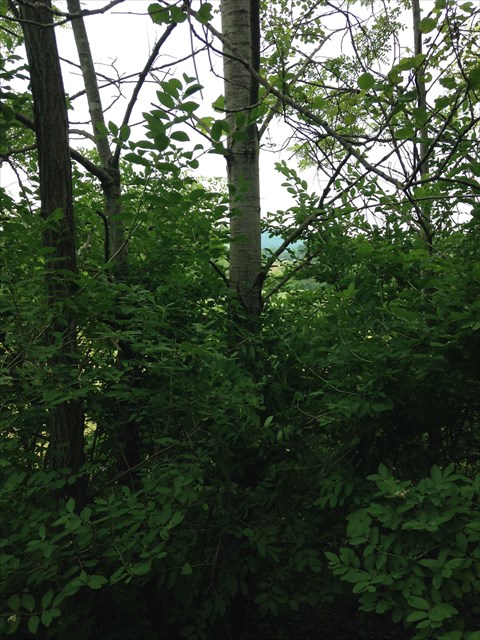
Aspen Grove
Aspens occur in groves due to their root sprouts. This grove is near the end of the trail from Springhouse Rd. In mid June, it’s a nice hike, with Blue Iris and Pink sedges? growing in the large wet area N of the trail, with Wild White Roses along the trail. BYOP.
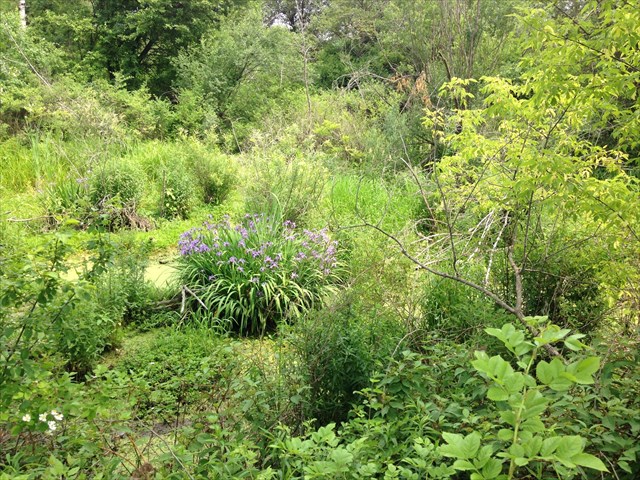
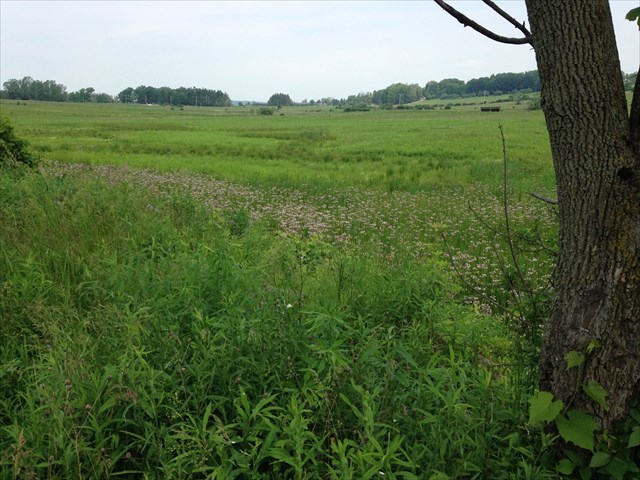
Populus tremuloides is a deciduous tree native to cooler areas of North America, one of several species referred to by the common name aspen. It is commonly called quaking aspen.
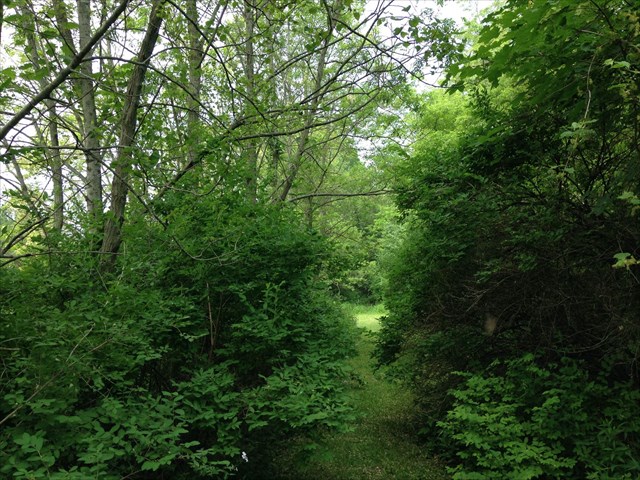
The species often propagates through its roots to form large clonal groves originating from a shared root system. These roots are not rhizomes, as new growth develops from advantitious buds on the parent root system (the ortet).
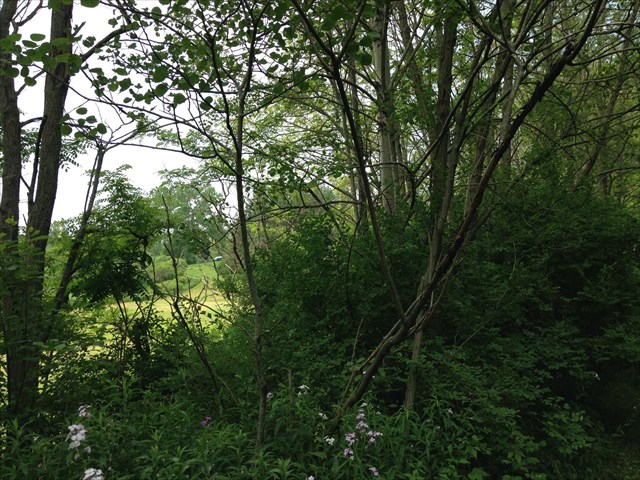
Populus tremuloides is the most widely distributed tree in North America, being found from Canada to central Mexico.
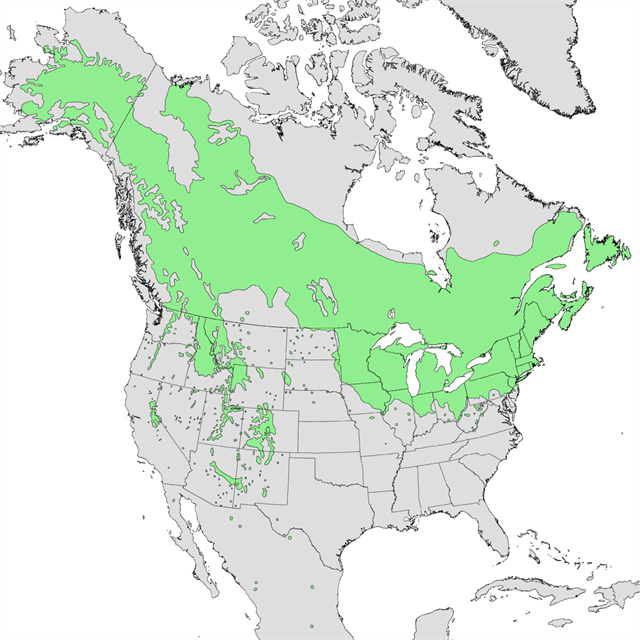
Quaking aspen propagates itself primarily through root sprouts, and extensive clonal colonies are common. Each colony is its own clone, and all trees in the clone have identical characteristics and share a single root structure. A clone may turn color earlier or later in the fall than its neighbouring aspen clones. Fall colors are usually bright tones of yellow; in some areas, red blushes may be occasionally seen. As all trees in a given clonal colony are considered part of the same organism, one clonal colony, named Pando, is considered the heaviest and oldest living organism at six million kilograms and perhaps 80,000 years old. Aspens do produce seeds, but seldom grow from them. Pollination is inhibited by the fact that aspens are either male or female, and large stands are usually all clones of the same sex. Even if pollinated, the small seeds (three million per pound) are only viable a short time as they lack a stored food source or a protective coating.
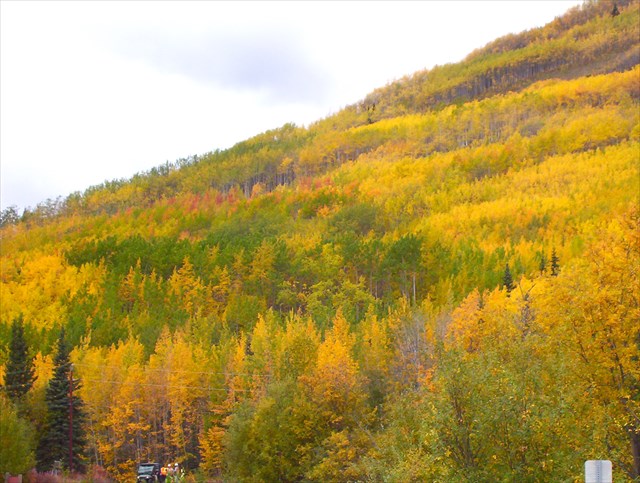
Dieback
Beginning in 1996, individual North American scientists noticed an increase in dead or dying aspen trees. As this accelerated in 2004, word spread and a debate over causes began. No insect, disease, or environmental condition is yet specifically identified as a joint cause. Trees adjacent to one another are often stricken or not. In other instances, entire groves have died.
Here you can find out more from my previous cache page:
The cache is a tied in, camoed, “small”, easy to open pill bottle, with two rubber bands to help you get the log out without using your tweezers. So, please return it with a neck on the log bag, facing up, so it’s easy to grab.
Don’t forget: BYOP!
Was George Rd built after the RR was decommissioned? Or was there originally a viaduct or a trestle for the road to cross the RR, that now has been filled in?
Additional Hints
(No hints available.)